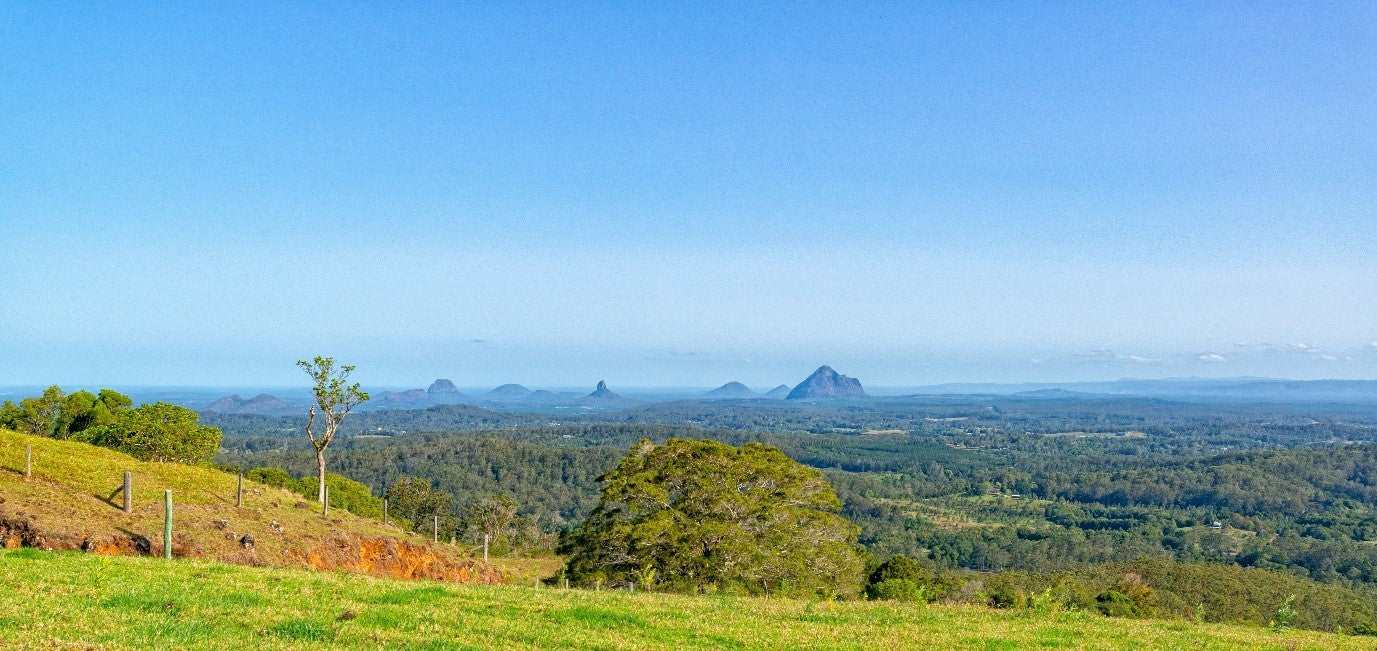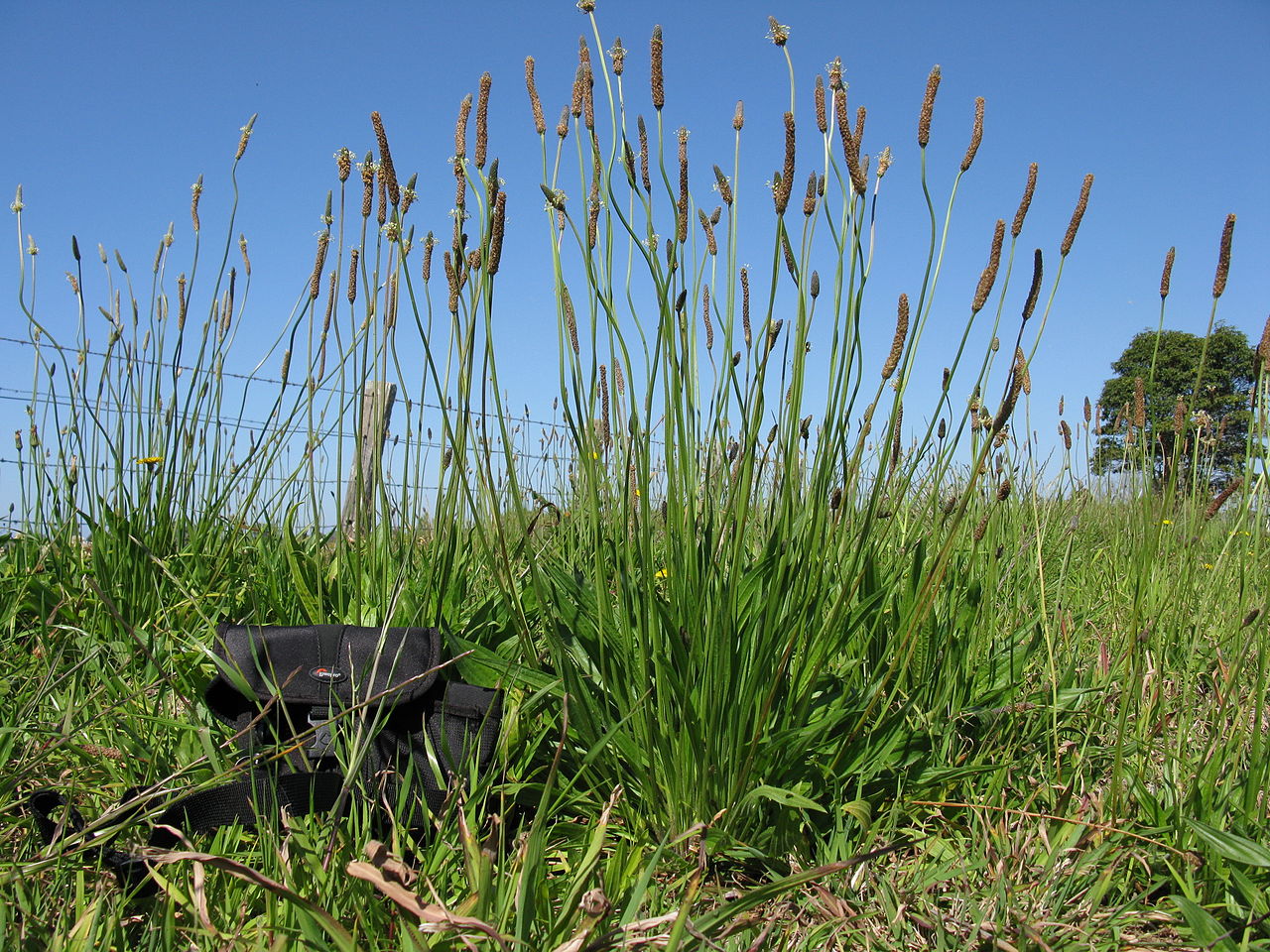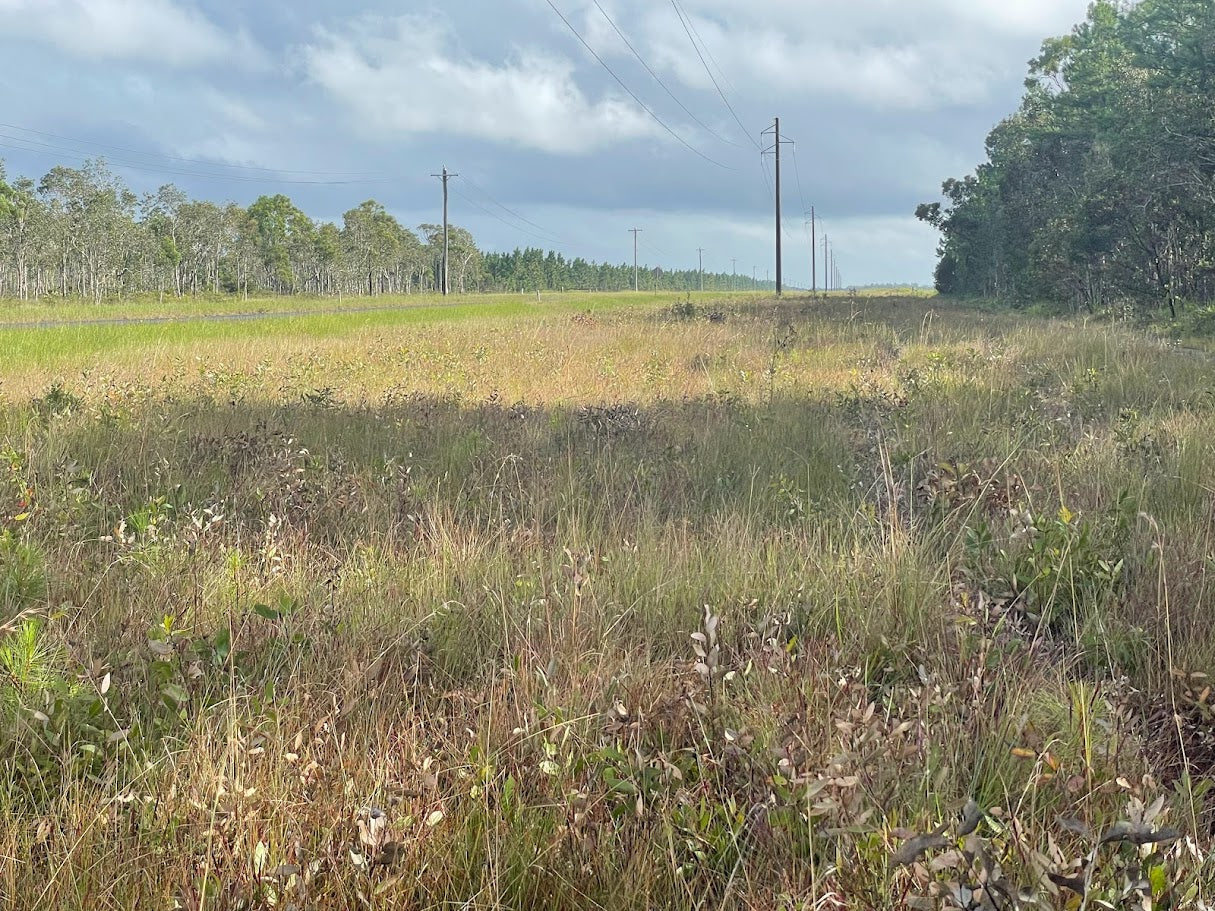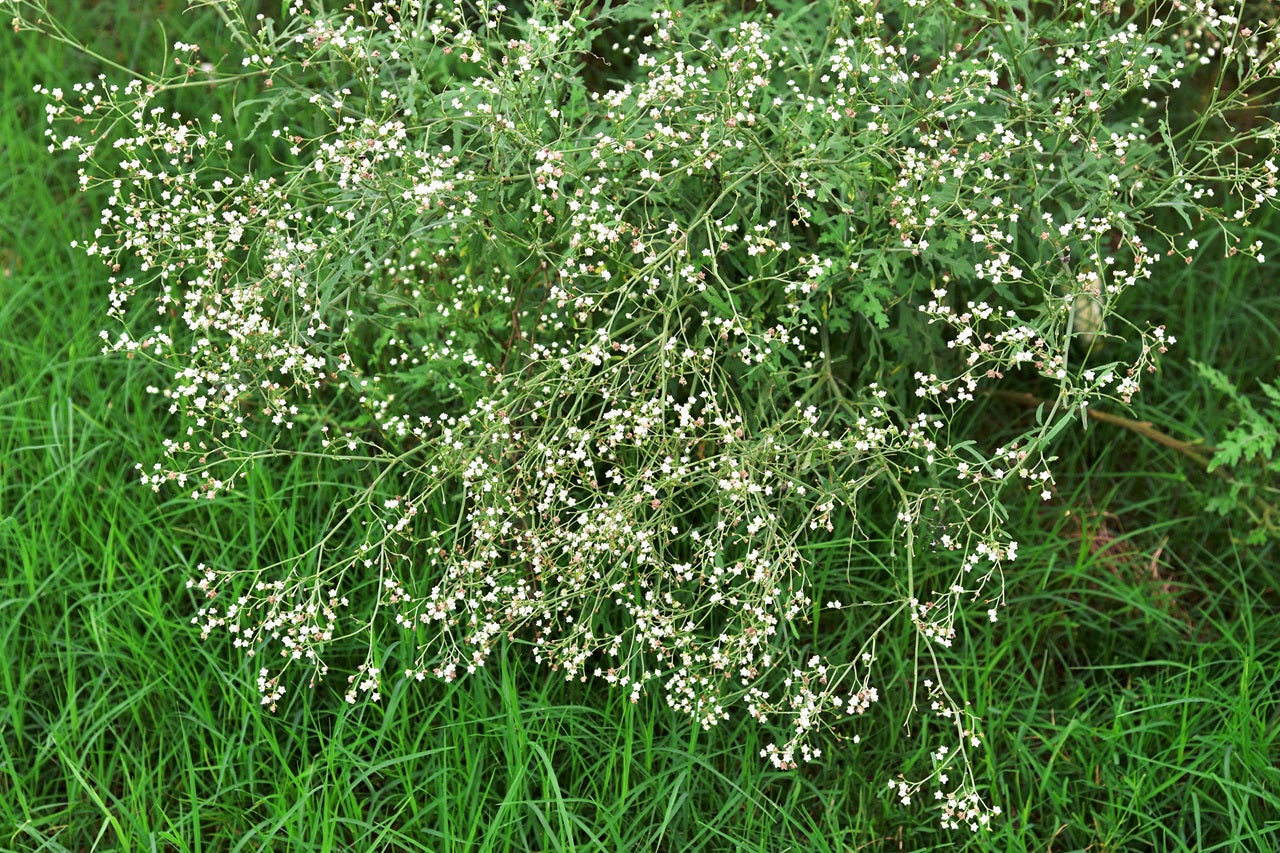
Beyond Weeds - How Herbicides Contribute to Soil Health and Regeneration Plantings
Beyond Weeds - How Herbicides Contribute to Soil Health and Regeneration Plantings
Ecosystem restoration is a holistic process aimed at building self-sustaining communities. A key element of this is maintaining soil structure and nutrition that is conducive to the vegetation community it supports. Invasive weeds alter soils both directly and indirectly and their removal through manual processes can often exacerbate these impacts. While the primary role of herbicides is to control weeds, their strategic use can also play a significant role in supporting soil health and regenerating native vegetation. By targeting invasive plants that degrade ecosystems and outcompete native species in ways that don’t require major disturbance to the soil profile, herbicides help create the conditions necessary for successful rehabilitation and long-term sustainability.

The Importance of Healthy Soil in Ecosystem Restoration
Soil health is the foundation of any successful bush regeneration effort. Native soils are very diverse but typically can be described as nutrient poor and prone to structural issues such as compaction and erosion when disturbed. In most cases whole vegetation communities have evolved to both exploit and promote these conditions developing nutrient cycling and sequestration relationships that are indispensable for biodiversity and climate regulation.
Certain invasive weeds are known to modify the soil environment and transform it to the detriment to these native communities. They can deplete or in some cases enrich soil, altered leaf litter input and introduce allelopathic compounds that hinder the growth of native plants. The removal of these weeds through herbicides can be the first step in rehabilitating degraded soils and preparing the land for regeneration plantings.
As counterintuitive as it may seem, spraying weeds is in many cases less disruptive to soil processes then hand-pulling weeds, which disturbs the soil profile particularly where weeds have deep or extensive root systems. Pulling these weeds often breaks up the soil profile and makes the area more susceptible to reinvasion by weeds.

Herbicides as a Tool for Soil Health
Although herbicides are primarily used for weed control, their targeted application contributes to soil health in several ways:
Restoring Native Vegetation
- Invasive weeds often alter soil conditions in ecosystems, preventing the establishment of native plants. In many cases these weeds have effective adaptations that make manual or other controls ineffective. Herbicides can selectively remove these weeds, creating space for native species to thrive.
Reducing Soil Disturbance
- Mechanical weed removal, such as tilling or digging, can disturb soil structure and lead to erosion or compaction. Even the act of hand pulling weeds can cause significant local disturbance when dealing with extensive root systems Targeted herbicide use can minimise soil disturbance, preserving its integrity while effectively managing invasive species.
Enhancing Microbial Activity
- Through selective application herbicides can eliminate weeds that negatively impact soil chemistry, allowing beneficial microbes to flourish. These microbes play a critical role in nutrient cycling and breaking down organic matter, which supports healthy ecosystems.
Herbicide use in direct Regeneration Plantings
One of the most important steps in direct regeneration projects is preparing the land for planting. Strategic herbicide use is integral to this ensuring that invasive species do not outcompete newly planted vegetation.
-
Site Preparation: Herbicides are often applied before planting to establish a clean slate for native or desirable species. This is particularly effective in areas with heavy infestations of invasive grasses or broadleaf weeds.
-
Follow-Up Management: Herbicides are also used to manage regrowth of invasive species during the establishment phase of regeneration plantings, where their relatively low establishment rate puts them at disadvantage. This ensures that young plants receive adequate resources, such as sunlight, water, and nutrients.
-
Long-Term Sustainability: Effective herbicide use should always mean less is required over time. Established and healthy ecosystems are more resilient to invasion then disturbed systems. By preventing invasive species from re-establishing early through targeted herbicide use, supports the long-term health and stability of regeneration projects.

Case Study: Regeneration Plantings on acreage properties
In southeast- Queensland a disused paddock had become infested with Lantana, broad-leaf pepper and a range of exotic grasses and vines. The area had limited native canopy, no native seed bank and significant compaction from years of grazing. Lantana which is known to be allelopathic was chemically suppressing the limited native growth onsite. The plan was to reestablish a large area of canopy quickly so the other strata could be installed or recruited from neighbouring areas at a later stage.
Site preparation
The heavy cover of lantana was treated with a combination of flail mowing and targeted herbicide application via spot spray via using controlled droplet application, where machinery was not appropriate. Broad-leaf pepper trees were either removed via cut stump or where suitable stem injected/basal barked and left to die in situ as a means of retaining non-competing structure for native plant establishment. Vine weeds were collared 30cm from the ground and treated with vigilant gel to control regrowth, aerial portions were left in trees to prevent limb damage to host plants. The understory of exotic grasses was sprayed out with aquatically registered glyphosate, except for a 1m strip long the watercourse retained to buffer the waterway from overland flow. Mulch was imported to impede weed growth reestablishment and provide additional organic matter for plant growth during establishment.
Establishment maintenance
Despite mulching and pre-treatment exotic grasses, Lantana and Broad-leaf pepper readily reestablished from the seedbank and started to compete with regeneration plantings. Identifying and treating these weeds before they could reestablish was critical to success, as an early and targeted application of glyphosate could deal with all weeds before they could effectively outcompete the much slower growing native species. Without having to disturb the soil profile.
Shift toward resilience
As the vegetation community established, and a canopy formed the Lantana, Broad-leaf pepper, grasses and vines are now struggling to compete for sunlight and other resources. Although still present in fringe areas where periodic spraying occurs, exotic species have been effectively suppressed throughout the site due to changes in soil chemistry, light conditions, and competition dynamics, which now favour the established native community. The established canopy of eucalypt trees can and frequently does help koalas and other valuable fauna to safely move through the landscape.
Effective herbicide use in the early stages of restoration projects supports the long-term health and stability of soil profiles within ecosystems by preventing invasive species from establishing early and altering soil conditions to their own favour when they are still a primary threat to establishing or disturbed native vegetation communities. This can often be achieved whilst minimising soil disturbance that can often be caused by reliance on manual controls. By acting early and effectively the use of herbicides can help build ecosystem resilience and reduce the requirement for weed intervention overtime.

Additional content
VIEW GWS' ADDITIONAL CONTENT TO LEARN MORE ABOUT THE WEED INDUSTRY

Water pH and the Performance of Weak Acid Herbicides
Weak-acid herbicides must remain in their non-ionised (acid) form to move efficiently through the plant cuticle. When spray water is too alkaline, the herbicide molecule becomes ionised.
Read more
Towards Modern Vegetation Management: Solutions for Australia’s Linear Infrastructure
Understanding the Changing Vegetation Challenge Vegetation management across Australia’s linear infrastructure corridors is becoming increasingly complex. Roads, rail corridors, gas pipelines, elec...
Read more
Case Study: Parthenium Weed Hygiene
Introduction: The Necessity of Weed Hygiene Management Australia’s vast expanses and diverse land uses, from grazing pastures and cropping zones to natural bushland and urban corridors are u...
Read more
